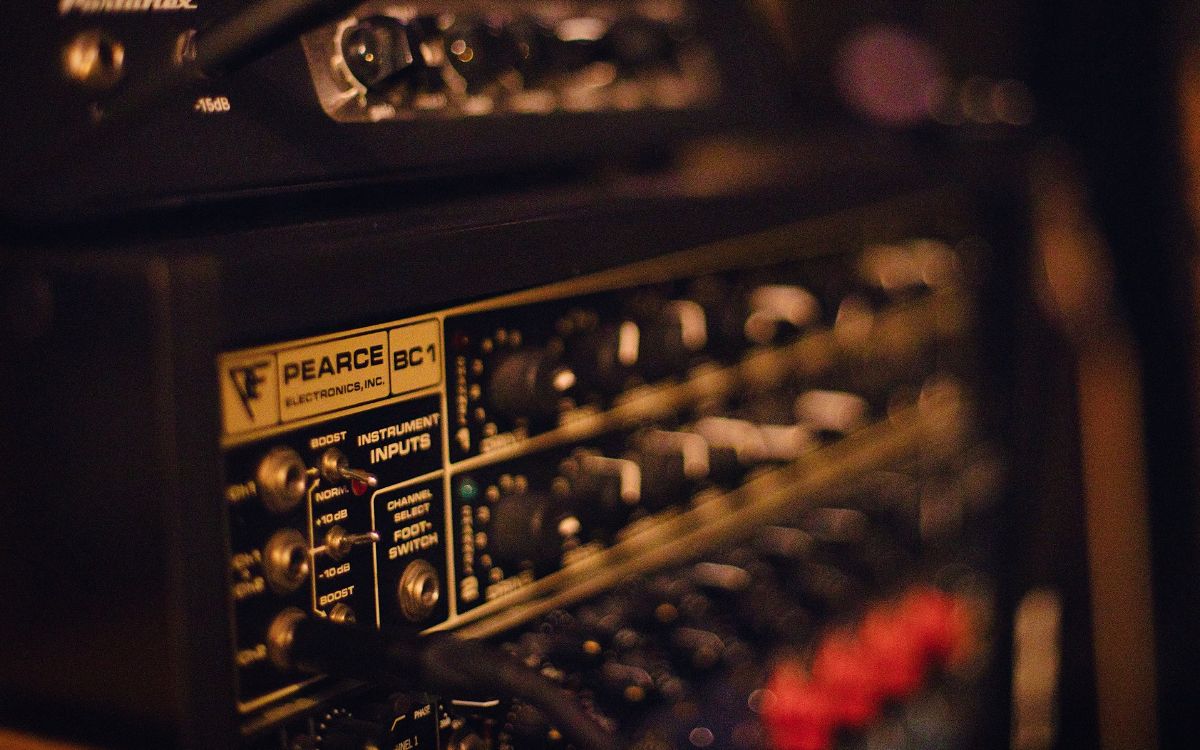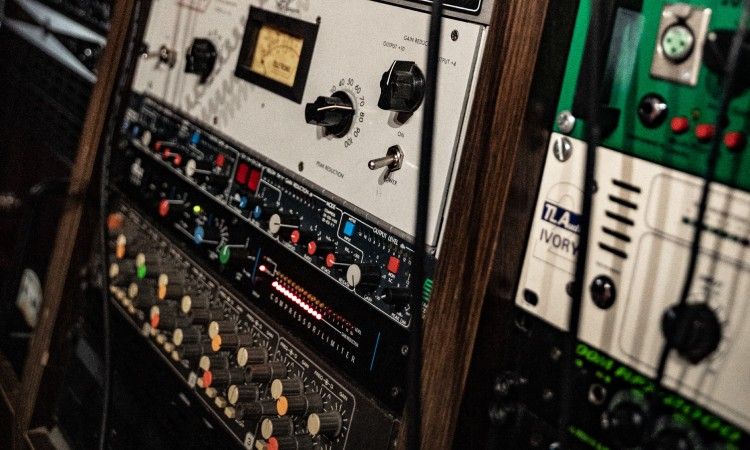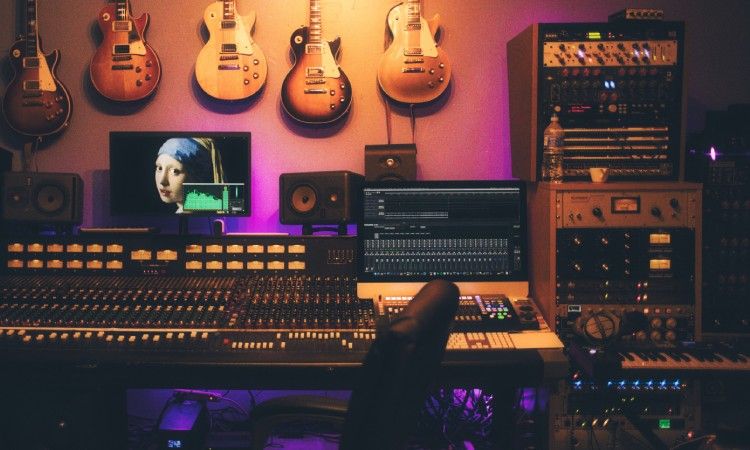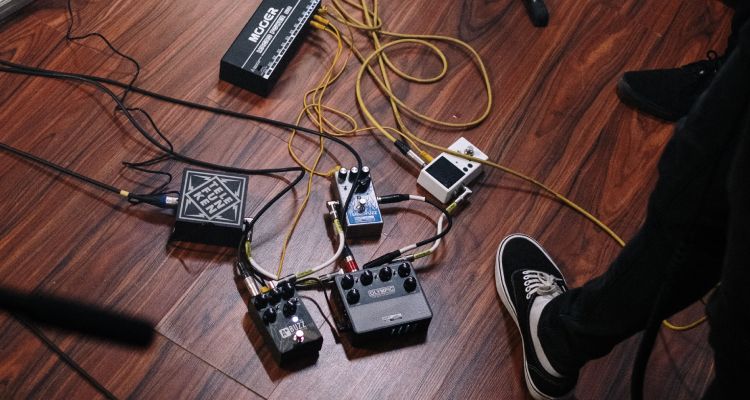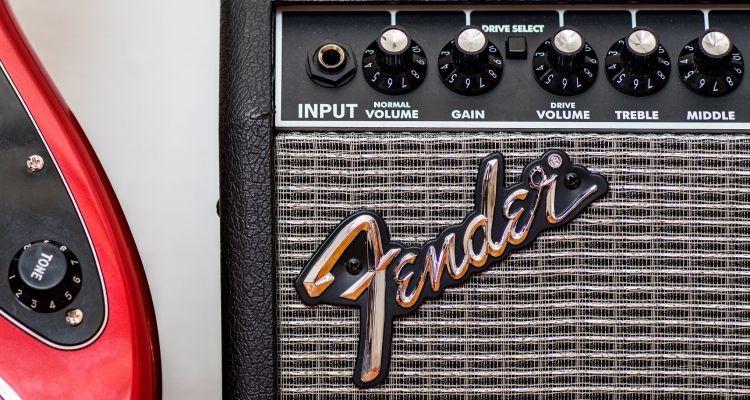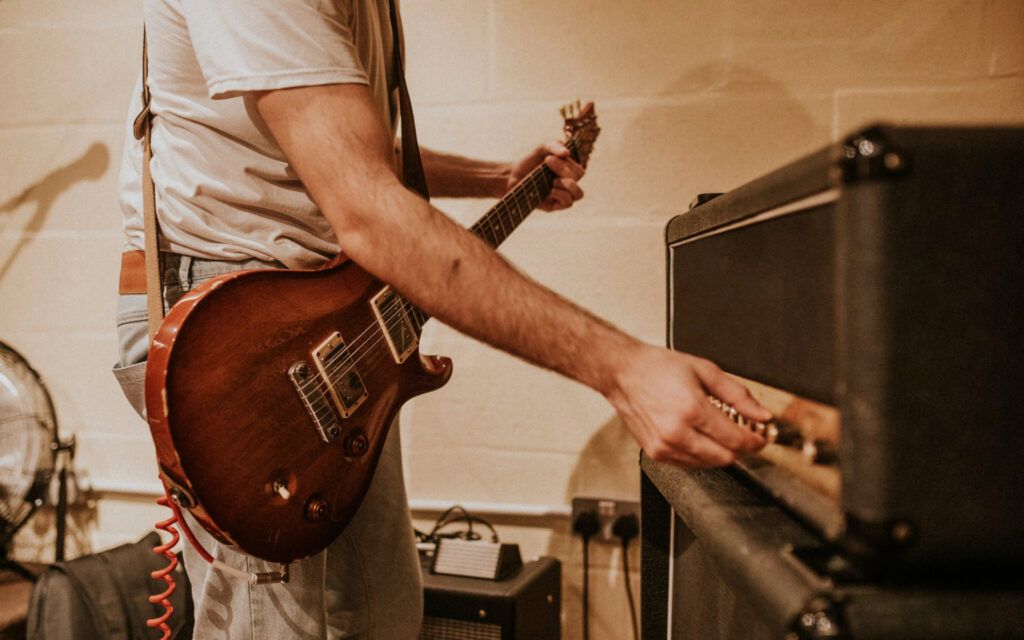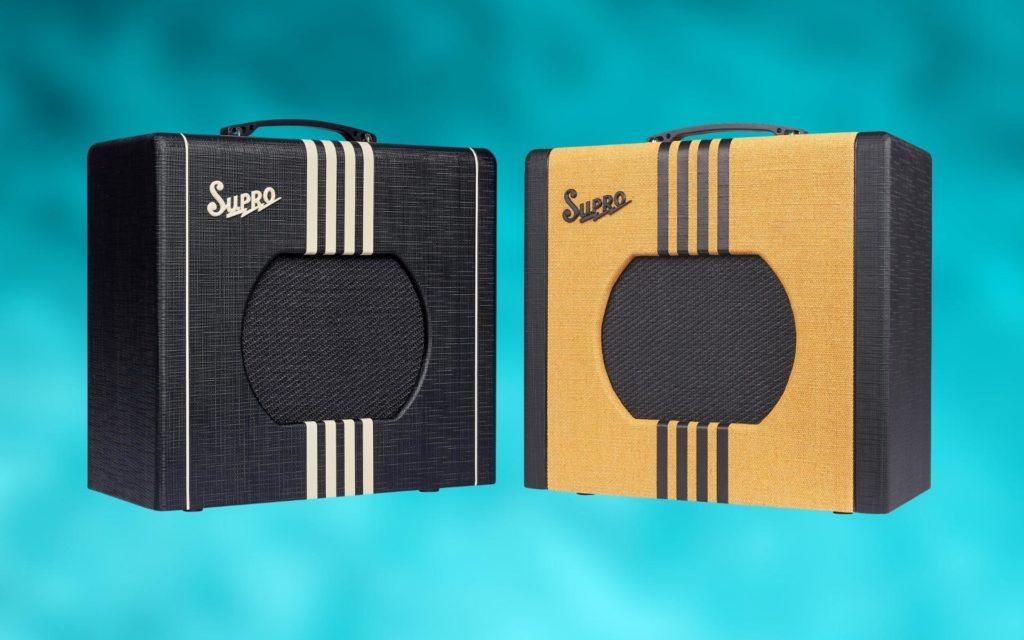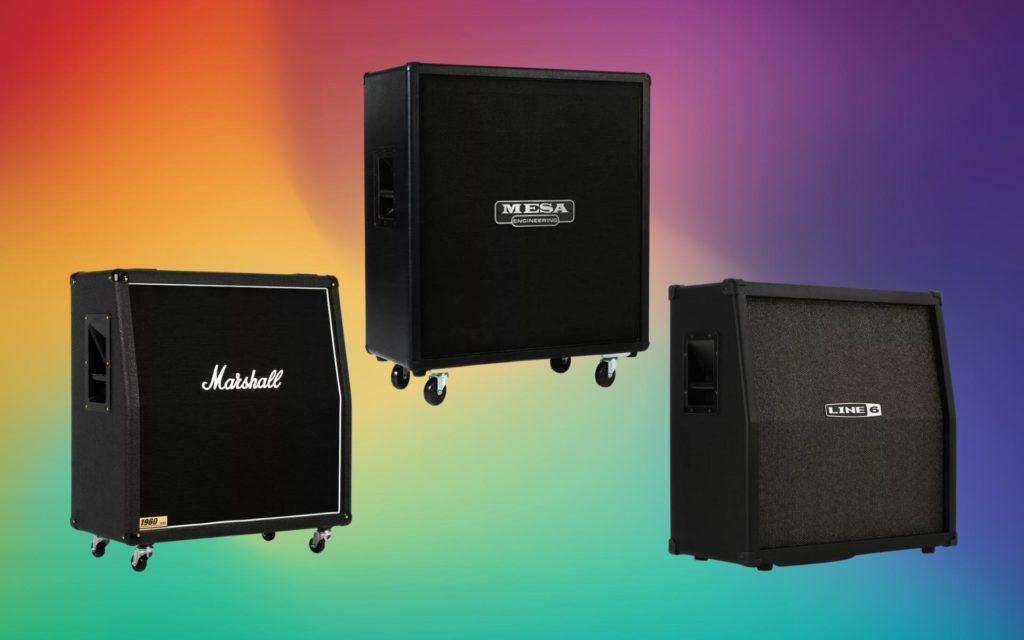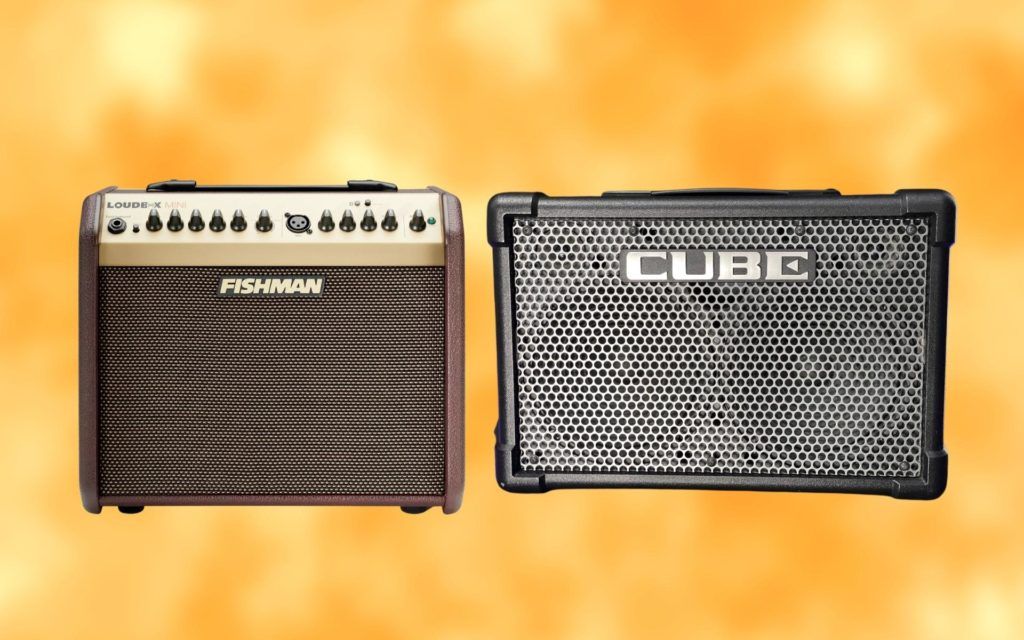Preamplifiers and amplifiers are critical parts of making music. Whether you’re an electric guitarist or a sound-mixer, you’ve probably heard these terms tossed around. But what exactly is the difference between a preamp and an amp?
Preamplifiers are signal boosters for audio transmissions, while amplifiers take this signal and maximize it to make it very loud. Amplifiers need to be connected to preamplifiers to work.
This article will outline the main differences between preamplifiers vs amplifiers and I’ll give you a few examples of each.
What Is a Preamplifier?
A preamplifier is an electronic tool that takes an electrical signal, typically an audio signal, and converts it into a strong output signal that can be processed further through to an amplifier or software.
Amplifiers need preamplifiers to work. They can either be built-in into your amplifier or can be plugged in externally.
Here’s a little bit more about how preamps work and what they do:
What Does a Preamplifier Do?
Why would you need a preamplifier at all when it functions similarly to an amplifier? The “pre” is key.
Preamplifiers are necessary to smooth out the audio signal, such as a vocal microphone or a guitar. When noise is shrunk down and converted to an electronic signal, then blown back up to be pushed through an amplifier, there’s a lot of potential for the signal to end up as a wildly distorted sound.
Preamplifiers prevent this from happening. This first step of processing makes the final signal sound much better.
In guitar amplifiers, they are also where the effects are often added in.
Where Do You Use a Preamplifier?
Preamps are usually found near the input for the sound. If the preamplifier is built into the amp, you will find it somewhere behind the input jack. If you’re using a plug-in preamp, it’s still the first thing your sound will pass through.
What Is an Outboard Preamp?
If you’re familiar with professional sound mixing, you may be familiar with outboard preamps. Outboard preamps, or analog preamps, are pieces of hardware that process your sound via vacuum tubes.
Nowadays, there are also plug-in preamps available. These tend to be much cheaper and easier to use than an analog preamp. Rather than using vacuum tubes, they process the signal by using digital capabilities.
There are pros and cons to both of these kinds of preamps. Some people swear that analog preamps give you a much warmer sound that a plug-in can’t replicate. Others maintain that a plug-in gets you so close to that sweet analog sound, it isn’t worth the considerable cost.
If you need to decide whether an outboard or plug-in preamplifier is better, Sweetwater has an excellent guide on how these devices are different.
When To Buy an Outboard or Plug-In Preamp
Your average electric guitarist probably won’t need either an outboard preamp or a plug-in. These are tools usually reserved for sound mixers or musicians who will be in a professional studio.
However, some microphones come with a low-strength signal. Even the preamp built into your amplifiers will probably not be able to process the signal adequately, and you’ll end up with a messy or unclear recording. That’s bad news for your sound.
If that’s the case, you’ll want to invest in one of these kinds of preamps.
What Is a Preamp Pedal?
Preamp pedals are pedals that function as both a preamp and a stompbox. Plugging your guitar into a preamp pedal, then plugging that pedal into your amplifier will help you take control over your tone.
What’s more, these preamp pedals often come with valves or vacuum tubes inside them. That means they can make even the cheapest, leanest solid-state amp sound expensive.
When To Buy a Preamp Pedal
If you have a vintage tube amp that you can’t bear to part with, you may have noticed that the sound quality has deteriorated over the years. Vacuum tubes don’t last forever and often need to be replaced. If you know how much a tube amplifier costs, you’ll find that using a preamp pedal is a much more cost-effective solution.
Alternatively, if you just have a solid-state amp that you’d like to color with that warm, analog feel, a preamp pedal might be perfect for you.
If you’re concerned that repeatedly stomping on a preamp pedal will damage the circuitry inside, have no fear. They are designed with this kind of wear and tear in mind. It would take a very strong, heavy person to smash through the hard shell of a preamp pedal.
What Is an Amplifier?
Amplifiers are devices that take an electronic signal and increase it. In guitar amps, the signal is an audio signal that an amplifier increases to be quite loud.
That said, amplifiers are not limited to devices that play music. Here’s a quick rundown of what an amplifier actually does.
What Does an Amplifier Do?
If you’ve ever heard an electric guitar being played while it isn’t plugged in, you’ll know that the strings sound fairly dull when the guitar isn’t plugged in.
Plug it into an amplifier, however, and you’ll be able to hear some really cool tones made out of these strings. Guitar amplifiers usually come with some options for you to distort, alter, or edit your sound.
Again, an amplifier needs a preamplifier to work. Any amplifier you have will have a preamplifier built-in.
Where Do You Use an Amplifier?
Amplifiers are present in any device that transmits sound. Televisions, radios, and computers will all have an amplifier in them. Even if you’re sure that your old-school laptop that gives off a scratchy, tinny sound doesn’t come with an amplifier, you can rest assured that it does.
Just because the device is tiny (and maybe doesn’t work so well) doesn’t mean it’s not there.
Electric guitarists, though, are probably familiar with guitar amps. Guitar amps take the noise from your electric guitar and blow them up so that you can be heard from the rafters of massive venues. Electric guitar amps allow you to shred.
What Is a “Power Amplifier?”
You may have heard the term “power amp” thrown around. What’s the difference between a power amplifier and a regular amplifier?
In fact, power amplifiers and regular amplifiers are the same things. There is no difference in “power” between these two terms. If you see one amplifier marketed as a “power amp” and another that isn’t, that doesn’t necessarily mean that the power amp is more powerful!
Preamp vs. Amp: How Do I Know Which One I Have?
Again, preamps are a processing technology that smooths out an electronic signal, so it isn’t distorted through an amplifier, the piece of technology that pushes the sound through a speaker. All amps have preamps.
If you have a speaker that amplifies your sounds, you have an amplifier. You also have a preamp built-in, but you probably can’t see it.
If, however, you have a device that connects to a computer or other amplifying device, then you have an external preamplifier.
Final Thoughts
Now that you know the difference between these two devices, you should easily figure out the “amp vs. preamp” question. Both of these devices are critical tools for getting great sounds out of an electric guitar. Be thankful that your amplifier has a preamp!
That said if you need to clarify the sound of an old power amp or a microphone with a weak signal, buying an external preamp or a preamp pedal is a great option.

